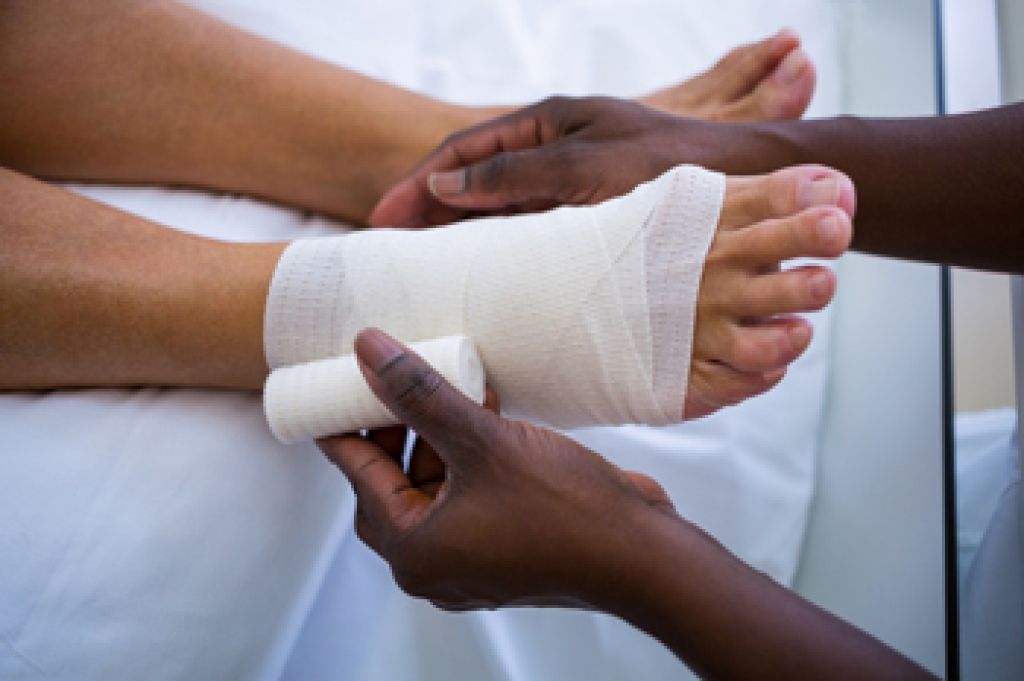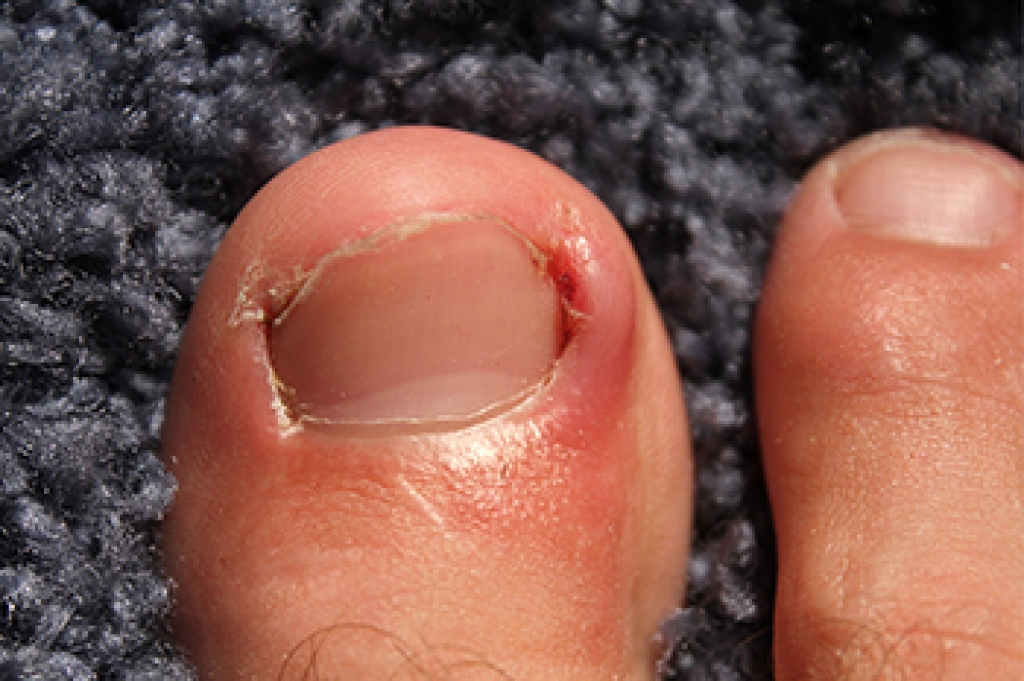
Diabetes can slow the body’s ability to heal wounds, particularly on the feet where circulation is reduced and nerve damage is often present. High blood sugar levels interfere with blood flow and damage small vessels, making it harder for oxygen and nutrients to reach injured tissue. When this happens, even a small blister or cut on the foot can turn into a deep ulcer. Nerve damage, known as neuropathy, can reduce sensation, so a person may not feel pain or notice an injury developing. Diabetic foot ulcers are prone to infection because bacteria thrive in the warm, moist environment of shoes and because immune responses are weakened. A podiatrist can evaluate circulation, remove dead tissue to promote healing, and monitor for infection or other complications. If needed, a podiatrist may recommend specialized footwear, orthotic devices, or surgery to prevent limb loss. If you have foot ulcers related to diabetes, it is suggested that you make an appointment with a podiatrist for management of this serious condition.
Wound care is an important part in dealing with diabetes. If you have diabetes and a foot wound or would like more information about wound care for diabetics, consult with Shawn Echard, DPM from Laurel Podiatry LLC. Our practitioner will assess your condition and provide you with quality foot and ankle treatment.
What Is Wound Care?
Wound care is the practice of taking proper care of a wound. This can range from the smallest to the largest of wounds. While everyone can benefit from proper wound care, it is much more important for diabetics. Diabetics often suffer from poor blood circulation which causes wounds to heal much slower than they would in a non-diabetic.
What Is the Importance of Wound Care?
While it may not seem apparent with small ulcers on the foot, for diabetics, any size ulcer can become infected. Diabetics often also suffer from neuropathy, or nerve loss. This means they might not even feel when they have an ulcer on their foot. If the wound becomes severely infected, amputation may be necessary. Therefore, it is of the upmost importance to properly care for any and all foot wounds.
How to Care for Wounds
The best way to care for foot wounds is to prevent them. For diabetics, this means daily inspections of the feet for any signs of abnormalities or ulcers. It is also recommended to see a podiatrist several times a year for a foot inspection. If you do have an ulcer, run the wound under water to clear dirt from the wound; then apply antibiotic ointment to the wound and cover with a bandage. Bandages should be changed daily and keeping pressure off the wound is smart. It is advised to see a podiatrist, who can keep an eye on it.
If you have any questions please contact our offices located in Greensburg and Somerset, PA . We offer the newest diagnostic and treatment technologies for all your foot and ankle needs.




